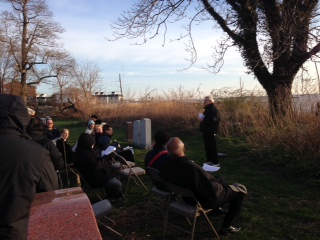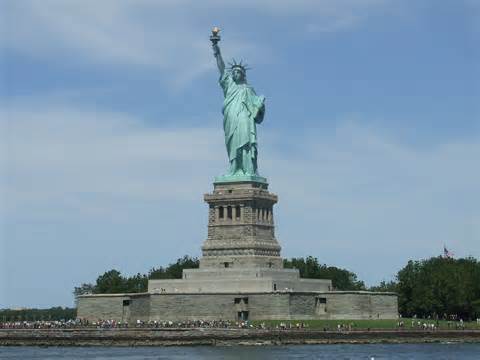This Week in History, Apr 20 - Apr 26
Apr 20, 1980
Castro announces Mariel Boat-lift. On April 20, 1980, the Castro regime announces that all Cubans wishing to emigrate to the U.S. are free to board boats at the port of Mariel west of Havana, launching the Mariel Boatlift. The first of 125,000 Cuban refugees from Mariel reached Florida the next day. The boatlift was precipitated by housing and job shortages caused by the ailing Cuban economy, leading to simmering internal tensions on the island. On April 1, Hector Sanyustiz and four others drove a bus through a fence at the Peruvian embassy and were granted political asylum. Cuban guards on the street opened fire. One guard was killed in the crossfire.
Apr 21, 753 B.C.
Rome founded. According to tradition, on April 21, 753 B.C., Romulus and his twin brother, Remus, found Rome on the site where they were suckled by a she-wolf as orphaned infants. Actually, the Romulus and Remus myth originated sometime in the fourth century B.C., and the exact date of Rome's founding was set by the Roman scholar Marcus Terentius Varro in the first century B.C. According to the legend, Romulus and Remus were the sons of Rhea Silvia, the daughter of King Numitor of Alba Longa. Alba Longa was a mythical city located in the Alban Hills southeast of what would become Rome. Before the birth of the twins, Numitor was deposed by his younger brother Amulius, who forced Rhea to become a vestal virgin so that she would not give birth to rival claimants to his title. However, Rhea was impregnated by the war god Mars and gave birth to Romulus and Remus. Amulius ordered the infants drowned in the Tiber, but they survived and washed ashore at the foot of the Palatine hill, where they were suckled by a she-wolf until they were found by the shepherd Faustulus.




